Parameterization Schemes: Keys to Understanding Numerical Weather Prediction Models
Preface List of principal symbols and abbreviations 1. Why study parameterization schemes? 2. Land surface-atmosphere parameterizations 3. Soil-vegetation-atmosphere parameterizations 4. Water-atmosphere parameterizations 5. Planetary boundary layer and turbulence parameterizations 6. Convective parameterizations 7. Microphysics parameterizations 8. Radiation parameterizations 9. Cloud cover and cloudy sky radiation parameterizations 10. Orographic drag parameterizations 11. Thoughts on the future 12. References Index.
{{comment.content}}
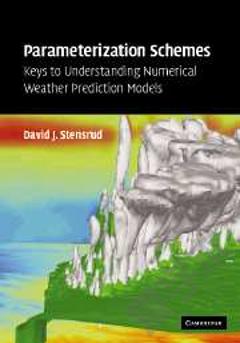
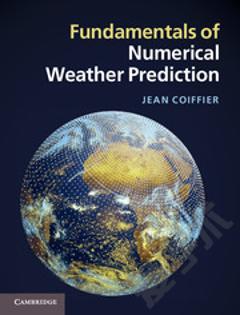
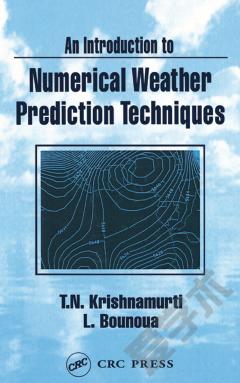
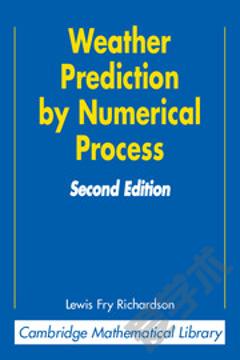

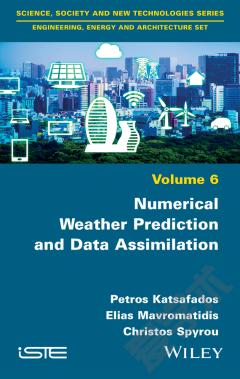
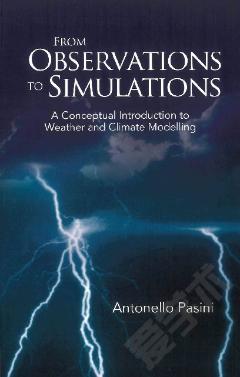

 京公网安备 11010802027623号
京公网安备 11010802027623号